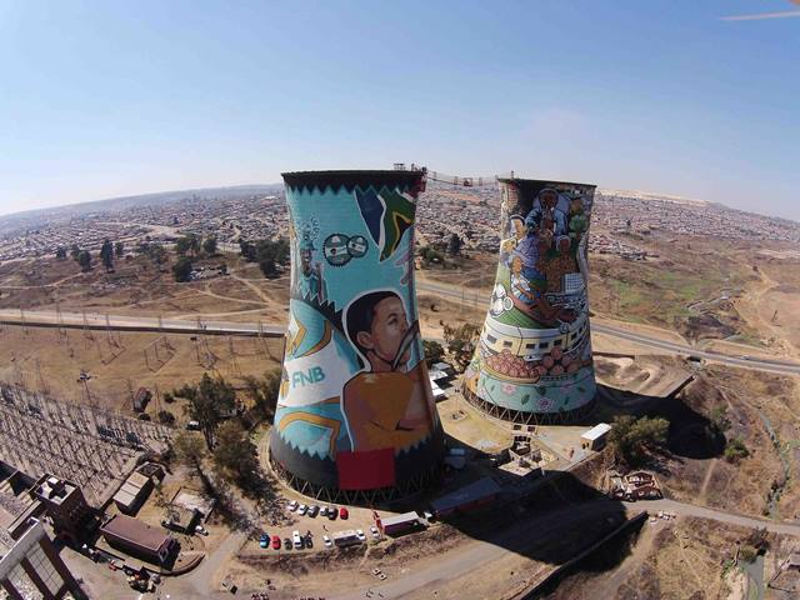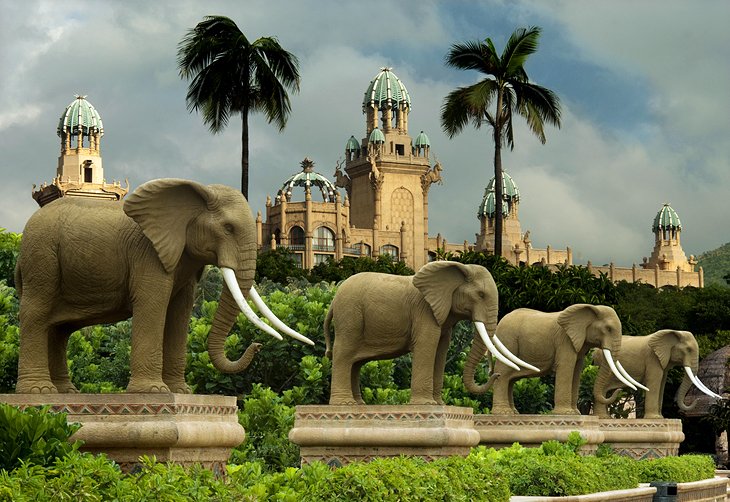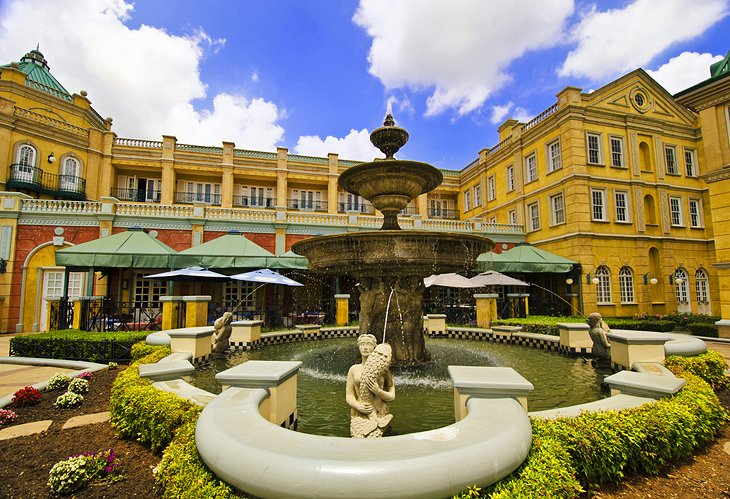What Does Johannesburg North Attractions Mean?
What Does Johannesburg North Attractions Mean?
Blog Article
The Only Guide to Johannesburg North Attractions
Table of ContentsAn Unbiased View of Johannesburg North AttractionsExcitement About Johannesburg North AttractionsJohannesburg North Attractions - QuestionsWhat Does Johannesburg North Attractions Do?The Johannesburg North Attractions IdeasOur Johannesburg North Attractions DiariesThe Ultimate Guide To Johannesburg North Attractions
You should maintain safety and security in mind and visitors should continue to be alert at all times when in unfamiliar surroundings. Speak to the residents when you remain in town to learn about the location you are staying in. Johannesburg North attractions. When on the road (this does not relate to mall and various other protected environments) ideal basic advice is to attempt your finest to resemble a local and to prevent presenting any type of wide range
Johannesburg North Attractions Fundamentals Explained
Professor Revil Mason O. J. (Thomson, 1946) discovered the Witwatersrand's pre-colonial background. His archaeological work blew up the 'em pty land' myth, according to which the region was lacking human habitation prior to the arrival of European inhabitants. In his publications Prehistory of the Transvaal: A Document of Human Task (1962) and Origins of Black People of Johannesburg and the Southern Western Central Transvaal AD 3501880 (1986 ), Teacher Mason showed the extent of social and economic growth in the location before Europeans set foot below.

Getting My Johannesburg North Attractions To Work
He showed the government's consent, provided after he had actually sworn to keep his explorations key. In 1874, small mining procedures were started in the Magaliesberg, where an Australian, Henry Lewis, had discovered gold deposits. In 1878, David Wardrop found gold in quartz veins at Zwartkop, north of Krugersdorp. In 1881, Stephanus Minnaar encountered gold on the ranch Kromdraai, near the Cradle of Humankind.
In March 1886, a protrusion (quickly to be called the Key Reef) was found, quite luckily, on Gerhardus Oosthuizen's ranch Langlaagte. Some claim that the Lancastrian coal miner George Pedestrian discovered this reef. An additional itinerant English prospector, George Harrison (that had actually formerly operated in Australian mines) acquired a prospecting permit in regard of Langlaagte in Might 1886.
He made a decision to proceed in a quest for greener fields, and disposed of his Langlaagte case for the princely amount of 10. Alas: below lay the richest goldfield ever discovered. The exploration of this abundant auriferous reef prompted a gold rush that signalled completion of bucolic tranquillity in the southern Transvaal.
It would certainly, within 6 years, come to be the largest town in southerly Africa. Within a decade, it would make the Z. A. R. up until after that an anarchical and insolvent little state the most affluent nation in Africa. By the millenium, the Z. A. R. was to exceed Russia, Australia and the USA of America to come to be the globe's leading gold manufacturer, creating more than a quarter of the globe's gold.
What Does Johannesburg North Attractions Do?
It was referred to as Ferreira's visit Camp, called after Colonel Ignatius Ferreira. He was a Boer traveler upon whom the British authorities had bestowed the standing of Companion of the A Lot Of Differentiated Order of St Michael and St George (entitling him to the post-nominal letters C. M. G.) in thankfulness for his role in the battle that had deposed the Pedi king Sekhukhune in 1879.
Two other camps were developed: Meyer's Camp on the ranch Doornfontein, and Paarl Camp. The latter was nicknamed Afrikander Camp; several individuals from the Cape Swarm worked out there.

Fascination About Johannesburg North Attractions
This name gained currency by word of mouth, such that the State Secretary affirmed the name to the Mining Commissioner on 9 October 1886. Stands in the village were auctioned on 8 December 1886. While some stands were cost 10, others were torn down for just sixpence.
2 years later, these erven were to transform hands for as long as 750 each. The tented camps decreased as a dorp of corrugated iron buildings established and expanded north of the mines situated along the Main Coral Reef Road. Areas such as Jeppe's Town (where working-class immigrants erected their dwellings) and Doornfontein (where the affluent new 'Randlords' began to construct their opulent houses) were quickly contributed to the ever-expanding map of the community.
The 15-Second Trick For Johannesburg North Attractions
Apart from the road names, there were no indicators of Johannesburg being positioned in a Dutch-speaking nation., nearly everyone talked English and even the Government servants resolved one in English, unless they were very first dealt with in the Taal (or Reduced Dutch)'.
Britain had a passion in making certain optimal conditions for gold manufacturing on the Witwatersrand, and that the gold was exported to London instead than Berlin a vital made all the visit this page more clamant by the Z. see post A. R.'s increasing toenadering with Germany. Mine owners were on an accident course with Head of state Kruger, whose plan of monopolistic concessions (frequently given to his cronies) avoided mining business from acquiring products of products (especially dynamite) and work by themselves, less costly terms
The Johannesburg North Attractions PDFs
In 1890, the Volksraad had limited the franchise business to white males that had lived in the Z. A. R. for fourteen years or longer, therefore disqualifying a lot of the immigrants (who took place to be the major factors to the fiscus). Nevertheless, frustration for the ballot was a mere pretext for promoting a various schedule; the majority of uitlanders regarded themselves as momentary visitors and had no intention of staying in the Z.
Report this page